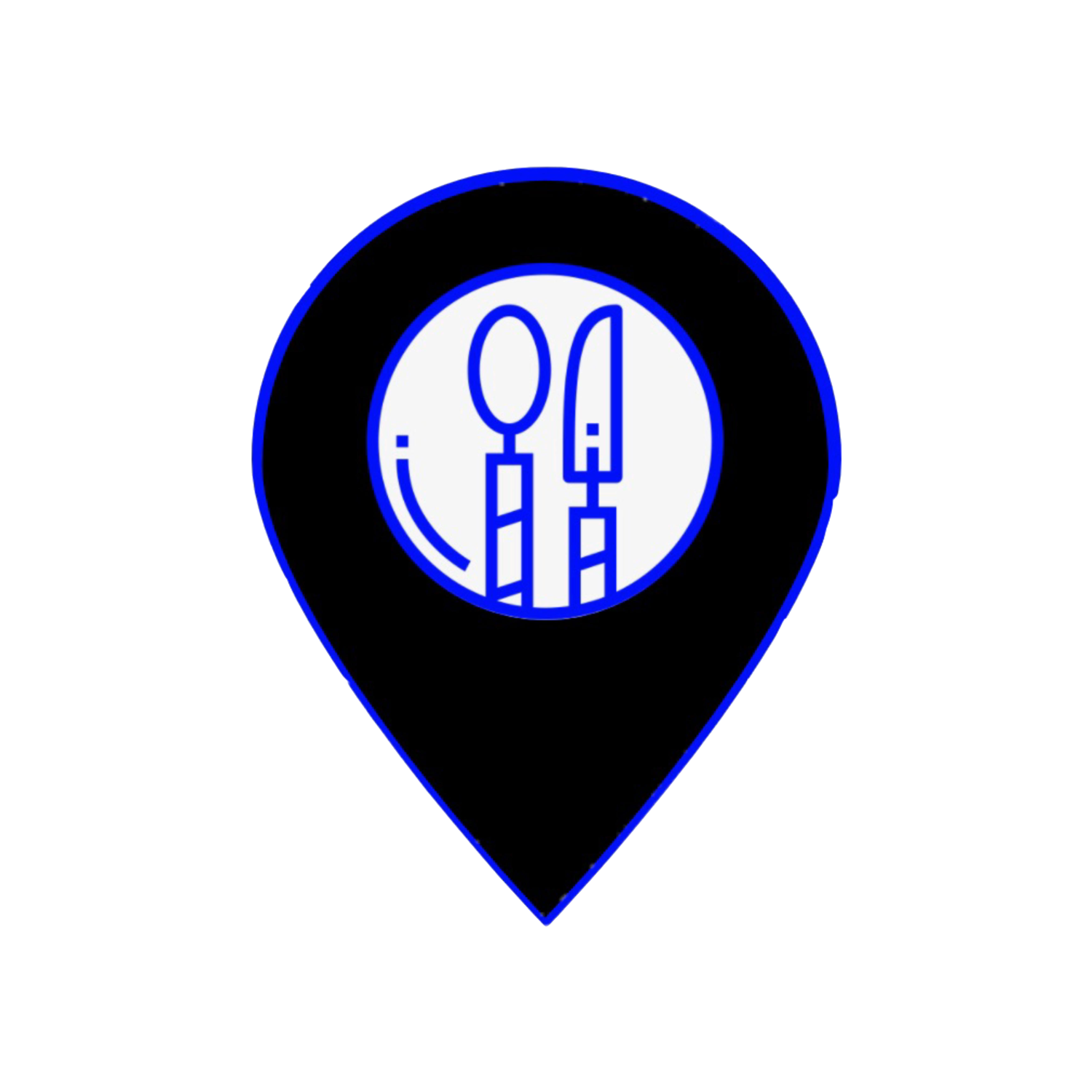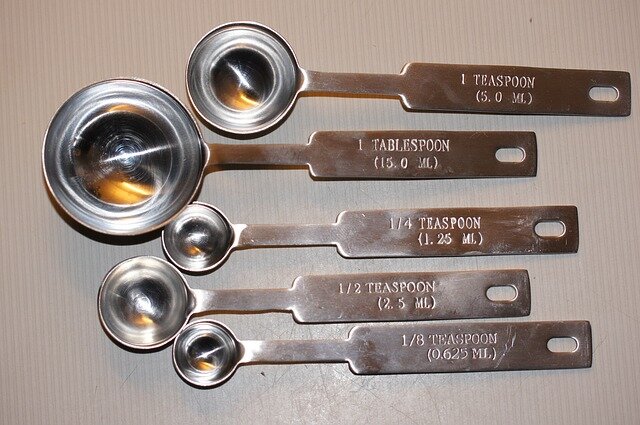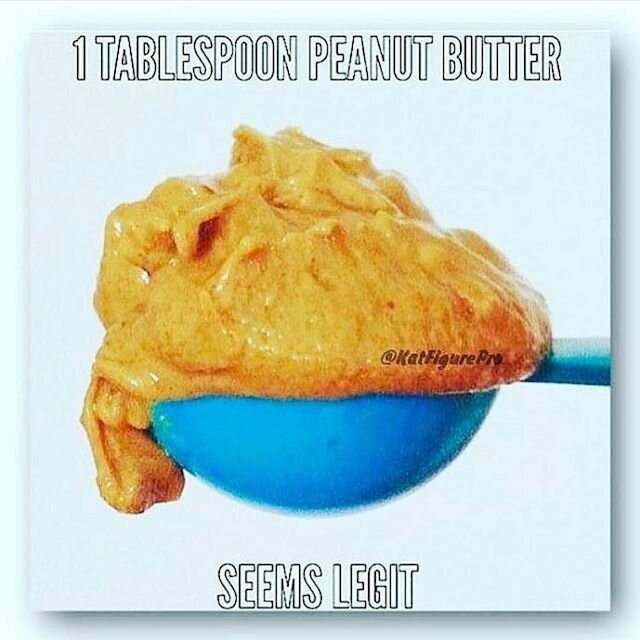MACRO MEASURING MADNESS!
Tracking macros for the first time can be pretty intimidating but it can also be an important tool. I wanted to just share a few tips that come from my own experience and from working with my clients. I hope that they will be helpful and take away a bit of the challenge!
Use the Right App for You!
There are a multitude of apps available now that will help you customize and track macros. They all feature different interfaces so don’t be afraid to download a few and take them for a test spin. You want to find the one that makes the most sense to you so you will actually use it! You will find that several apps require an upgrade to allow you to actually set up your personal macros, like MyFitnessPal. But there are some free options that allow this, like Cronometer.
Apps Are Flawed (Wait, what?!)
Yes, I did just tell you to find the right app but I want you to keep your eyes open! Often you will find that the information for specific food entries varies across apps and even within singular apps. Their data is uploaded from the USDA, food companies, and individual user entries. There can be discrepancies between the macro grams on an item and the calories listed. Focus on the grams when tracking if the calories seem off. We know that each gram of fat is 9 calories and that carbs and protein are 4 calories per gram, so if you hit your macro gram targets you know your calories are spot on as well. I have seen my grams be on point and the app’s calorie listing is off by several hundred calories in either direction. Also, use Google! If an entry seems off, this can help determine if you need to create a custom entry to help.
Weight vs. Volume
So let’s talk about actual measuring and tracking. “Eyeballing” portions is clearly flawed. Let’s take nut butter for example…
You’ve probably been there with a tablespoon, right? If you want to get an accurate measurement of your nut butter a kitchen scale is the tool needed! Don’t worry about feeling like a mad scientist for choosing the proper method for measuring something. Weight is simply more accurate when it comes to most items. I like to think it keeps me honest. When a tracking app suggests a cup type measurement for something, like cauliflower for example, the actual form of the item can lead to a vastly different result. Huge florets in a cup are very different than a cup of riced cauliflower. A kitchen scale is inexpensive and takes up very little space. Get yourself one and put it to good use.
Some things, like liquids, use volume measurements in portioning and as their density can vary just using the fluid ounce setting on a scale can be misleading. Here is my “cheat sheet” of the tool you should use for the most accurate tracking on many keto items.
Kitchen Scale aka Weight
Proteins (Meats, Cheeses, etc.)
Vegetables & fruits
Fats (yes, even oils!)
Condiments (mayo, sugar free ketchup, dressings)
Nut Butter
Nuts (including keto “flours” like almond and coconut)
Measuring Cups & Spoons aka Volume
Nut milk
Broth
Extracts
Raw vs. Cooked
If you haven’t noticed yet, when you go to track something like ground beef or steak, the entries will vary per ounce/gram if you are tracking a cooked or raw item. In most cases the raw ground beef is lower in protein and higher in fat per ounce than cooked. This is because the cooked entry accounts for water and fat loss during cooking. You will also find a similar difference when tracking vegetables. There is no one way that is better but there some things to consider. First, if you track your meat raw, that means you are including all of the “drippings” in your macros so you need to eat them! If you don’t you can you can be significantly under-eating on a macro and not realize it. The drippings from most meat can either be served over the meat or used as great cooking fat/seasoning for vegetables. If that’s not your thing, look for entries on your app that are labeled as cooked so you track properly. A great bonus example of the significant difference is raw versus cooked bacon. Ask Coach Jon about the first time I mixed this up and discovered I needed to consume the rendered fat from some bacon, after I had already finished my meal. A shot glass may have been involved! (You do not need to do this! I just wanted to prove I was hitting my targets!!!)
In the end, understand that it can take some adjustment when you’re getting into macro tracking and there will be times that you’re not perfect. This is ok! Be willing to try some new things and find what works best to help you reach your goals. Do you have more questions about tracking? Let’s talk! Click here to look at the options we offer that might help in our coaching services. This can be a great topic for a consultation call!


